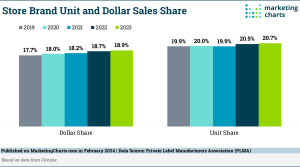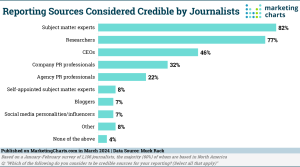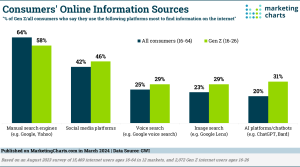As internet dial-up access lives out its twilight years globally, broadband access seems to be peaking, according to the annual The Face of the Web study from Ipsos Insight.
More than three-quarters (77%) of the global online population at the end of 2006 was accessing the internet via a broadband connection, compared with just 21% using a dial-up connection, according to the Ipsos study. Though broadband penetration did grow year over year – up 7 percentage points from 2005 levels (70%) – that growth has slowed and may soon end.
“With fewer dial-up users to ‘convert’ in the future, and fewer net new users to capture, broadband’s”¦growth may begin to plateau in many developed markets in the near future,” said Brian Cruikshank, EVP & Managing Director of Ipsos Insight’s Technology & Communications practice.
Broadband boomed at dial-up’s expense
Since 2003, the percentage of active internet users – those who have gone online in the previous 30 days – using a high-speed connection has jumped over 20 percentage points. The number of those using dial-up access has declined just as rapidly: down 25 percentage points – from 45% in 2003 to 20% at the end of 2006.
Digital subscription lines (DSL) have been the major force driving up broadband penetration globally, but the types of technology that are most prevalent vary by region.
In North America, cable modem connections form a much larger percentage of high-speed access technologies than in other parts of the world. In the U.S., the proportion of those using cable modems (30%) is nearly equal to that of those using DSL (33%).
In the Asia/Pacific region, optical fiber connections are much more common than in any other part of the world as a result of the high demand for Fiber to the Home (FTTH) installations in South Korea and Japan.
The Potential of Wireless Internet Access
“Despite the fact that wireless internet access from a PC still remains a relatively nascent behavior – just 15% of users connect to the internet in this manner today – the future of wireless internet access looks very promising globally,” Cruikshank said.
He cited two contributing factors:
- The rate of household ownership of notebook PCs continues to climb globally – now at 34% – while the growth rate for desktops has plateaued. Also, mobile web surfing – via wireless handheld devices – also continues to grow: at the end of 2006, nearly one in three adults (31%) had accessed the internet on a wireless mobile device.
- In many underdeveloped nations, which collectively constitute the industry’s untapped market for internet user growth, some users are beginning to leapfrog wired connections, such as cable and DSL, and using wireless access/service instead simply because the wired-access infrastructure in those markets is undeveloped.
“More and more of the larger urban centers within these markets will continue to see developments in their wireless infrastructure, such as municipal Wi-Fi and WiMax networks, which will not only make it more attractive for non-users to get online but also introduce new users to richer content offerings from the start of their online experience. The implications from a content and overall online experience are profound,” Cruikshank said.
The Face of the Web 2006 study was conducted in November and December 2006 among a random sample of 6,553 adults in urban Brazil, Canada, urban China, France, Germany, urban India, Japan, urban Mexico, urban Russia, South Korea, the U.K., and the U.S.



























